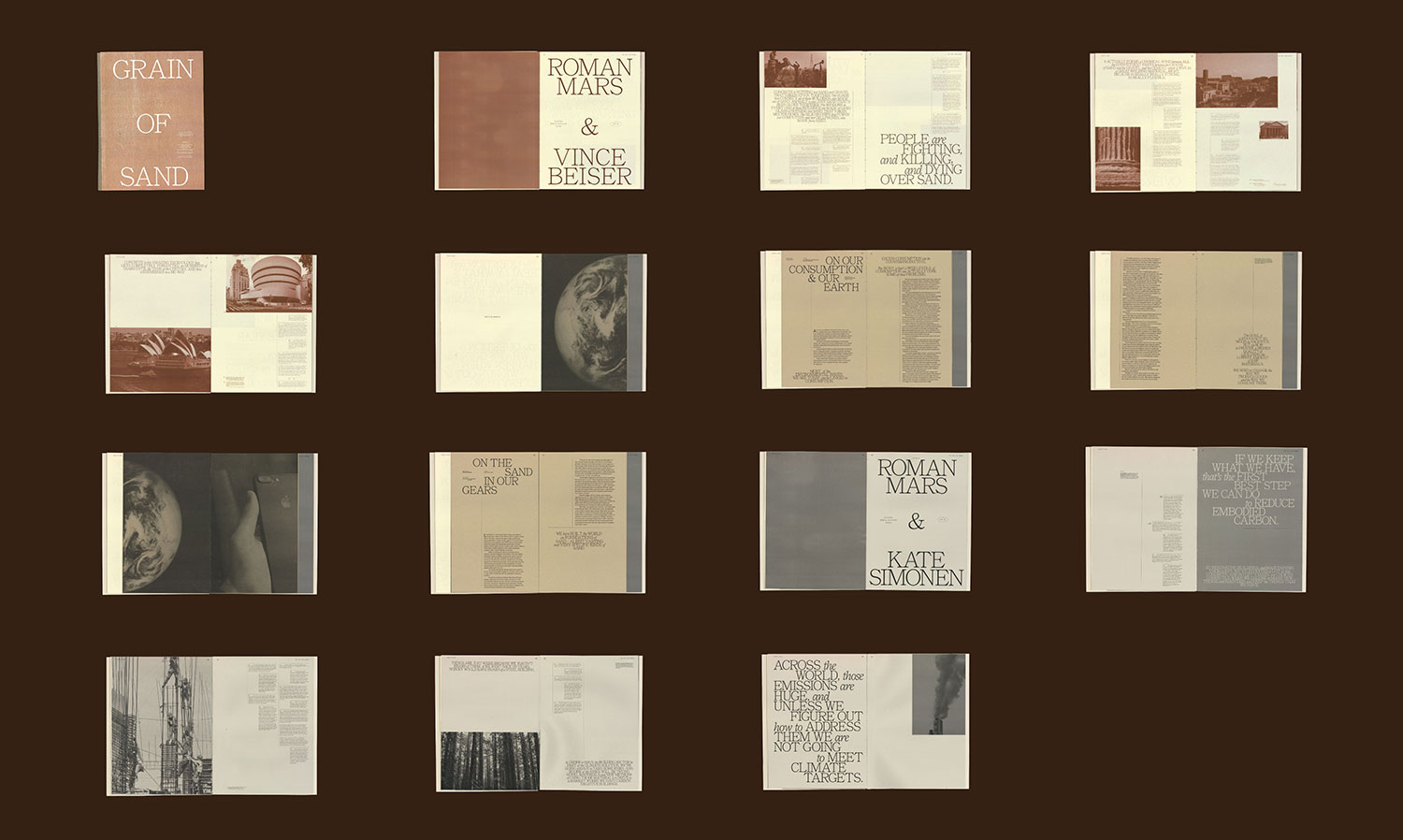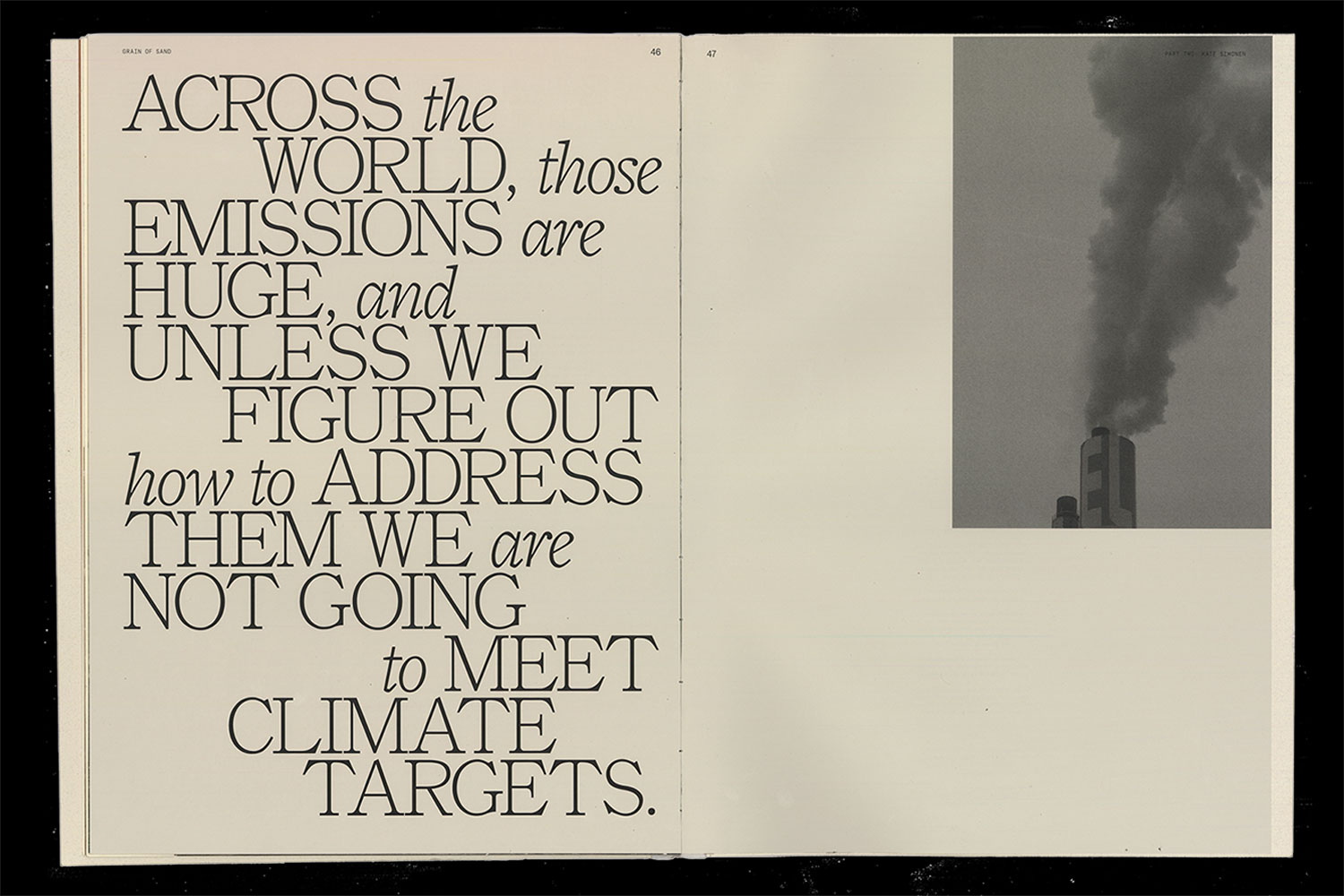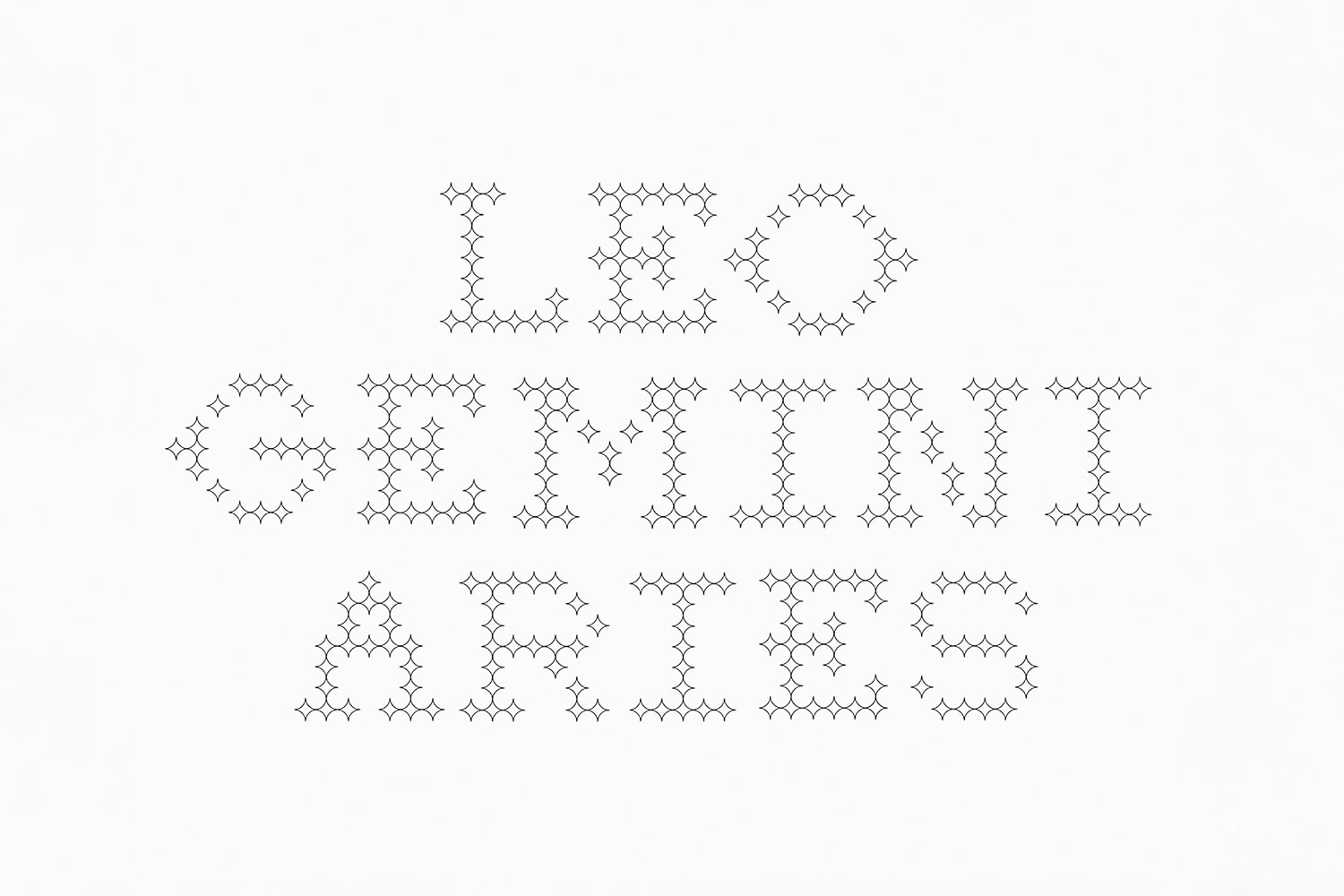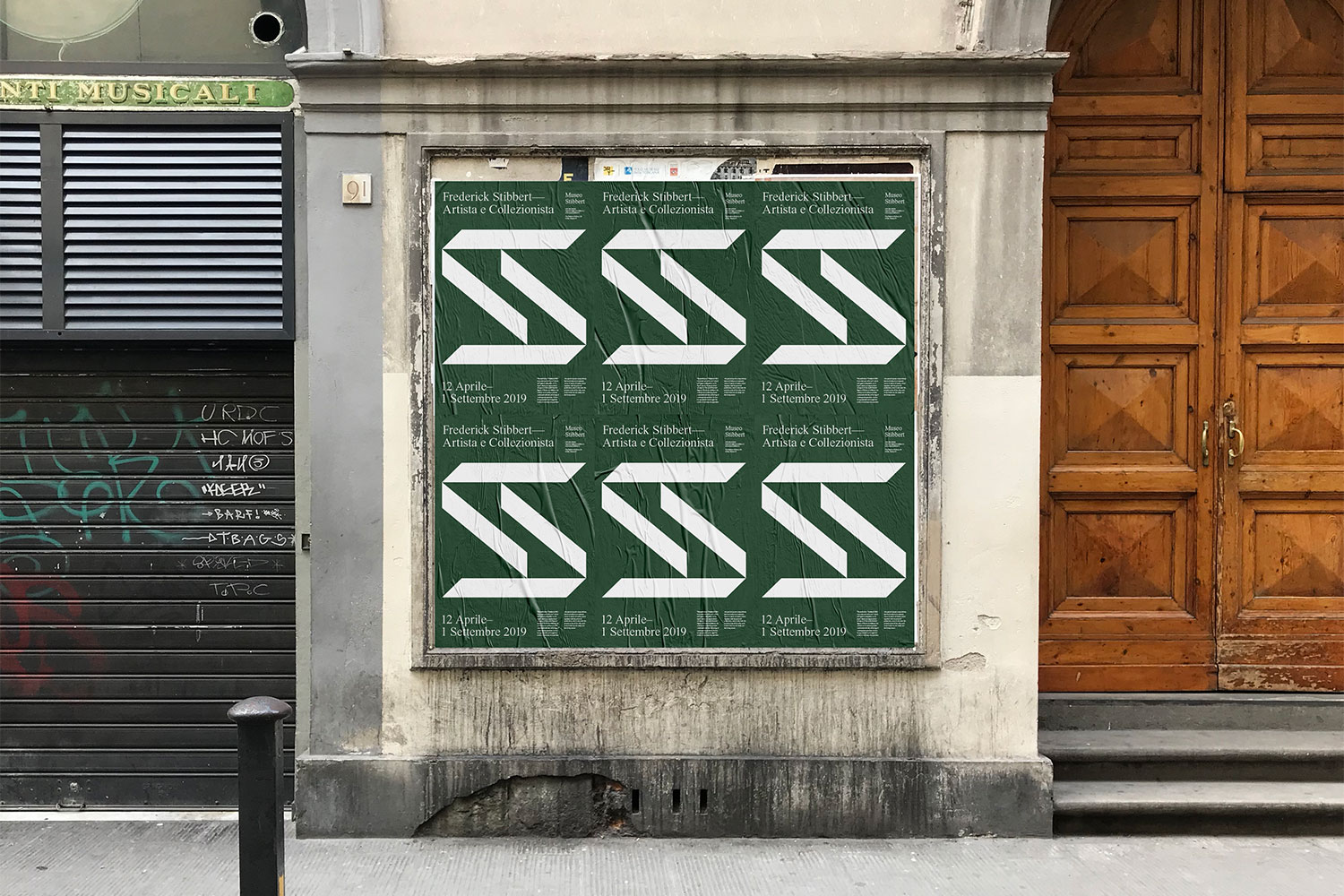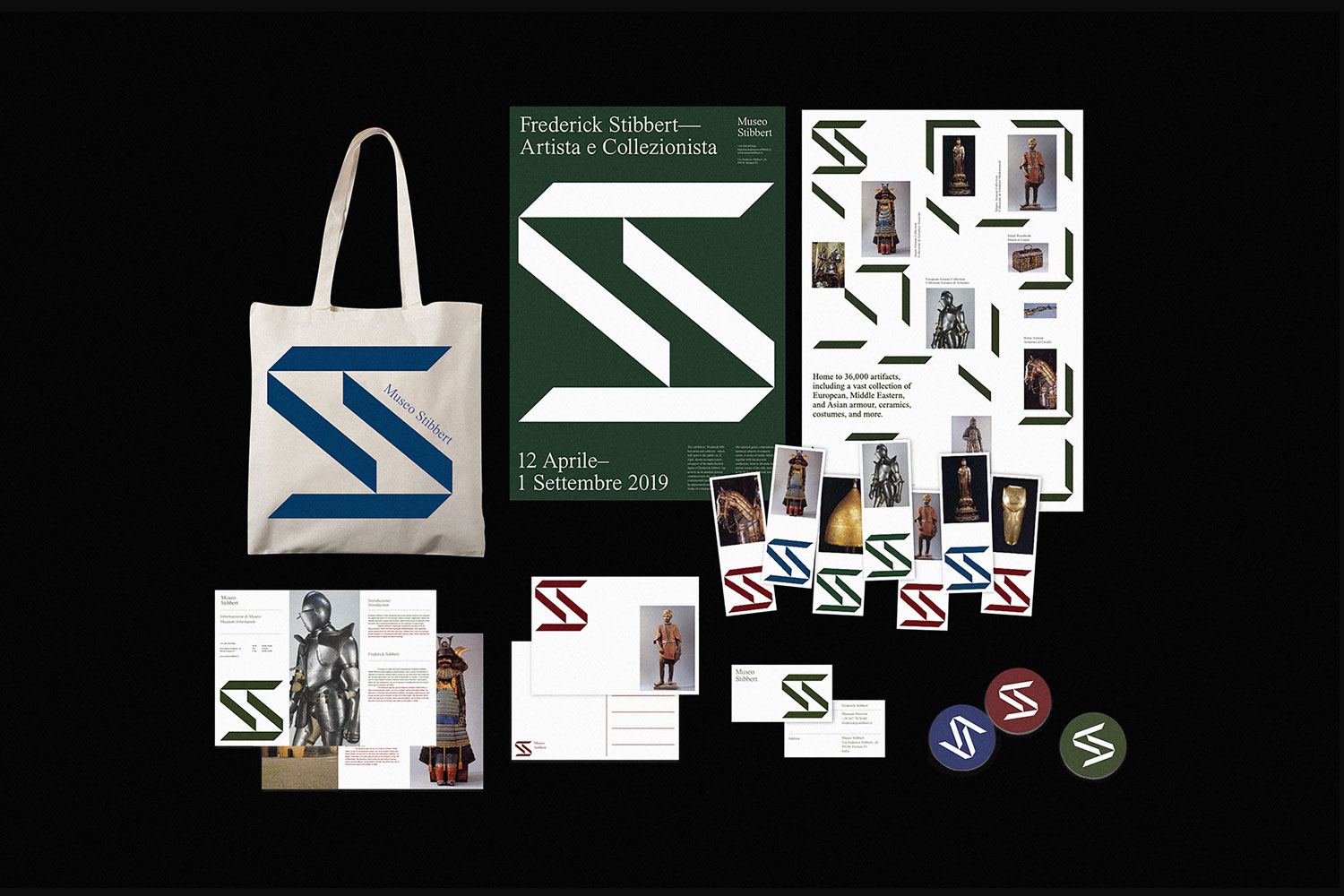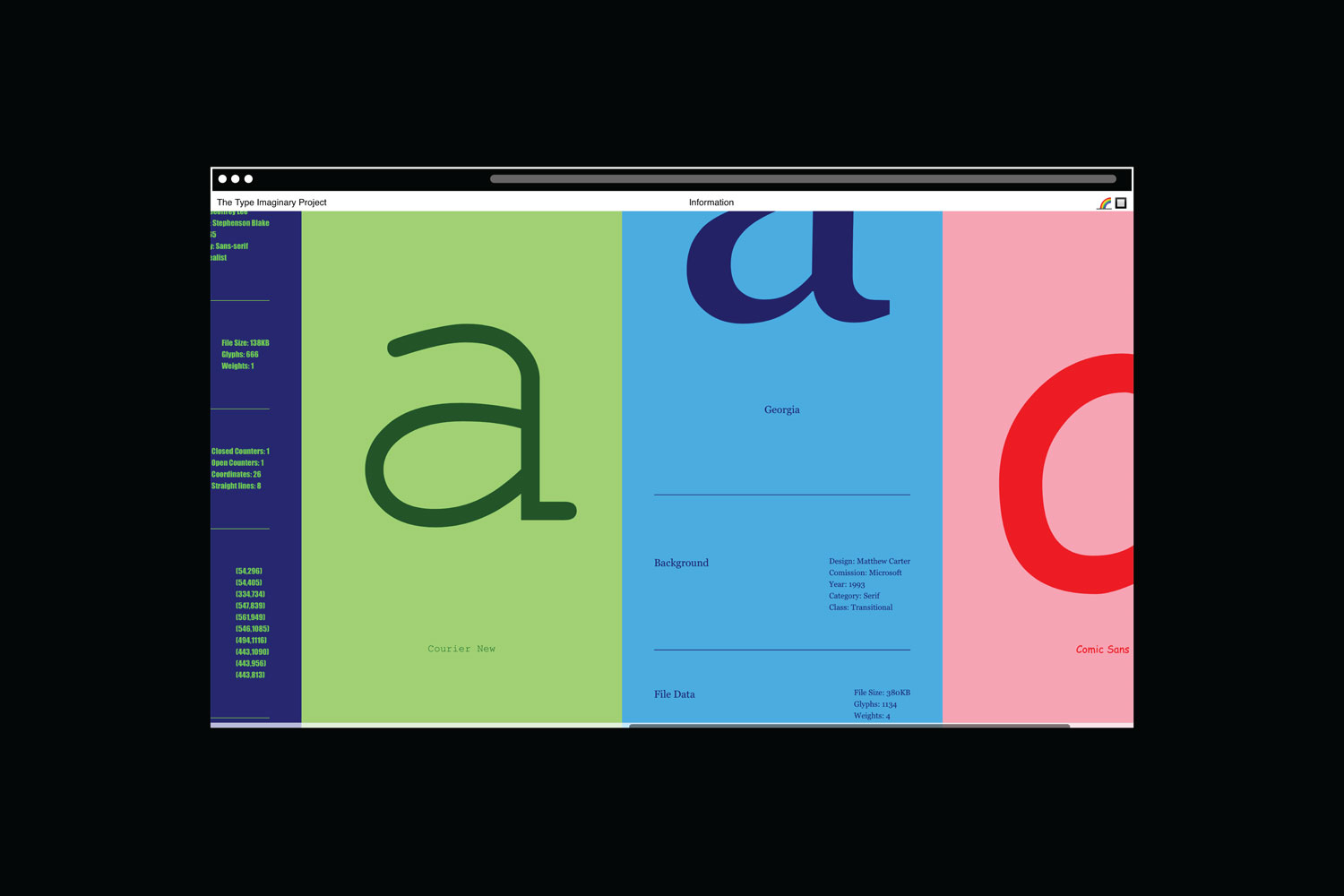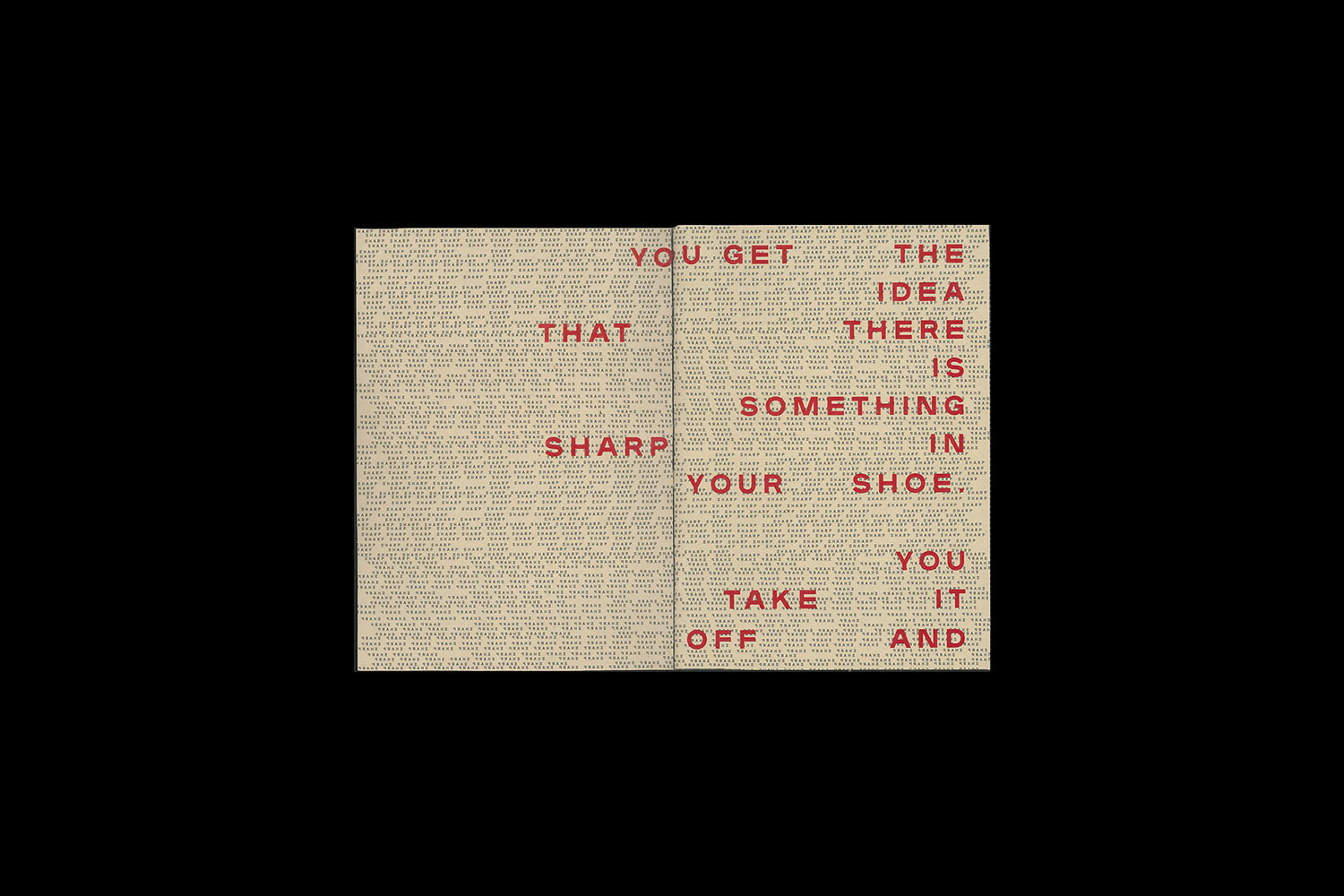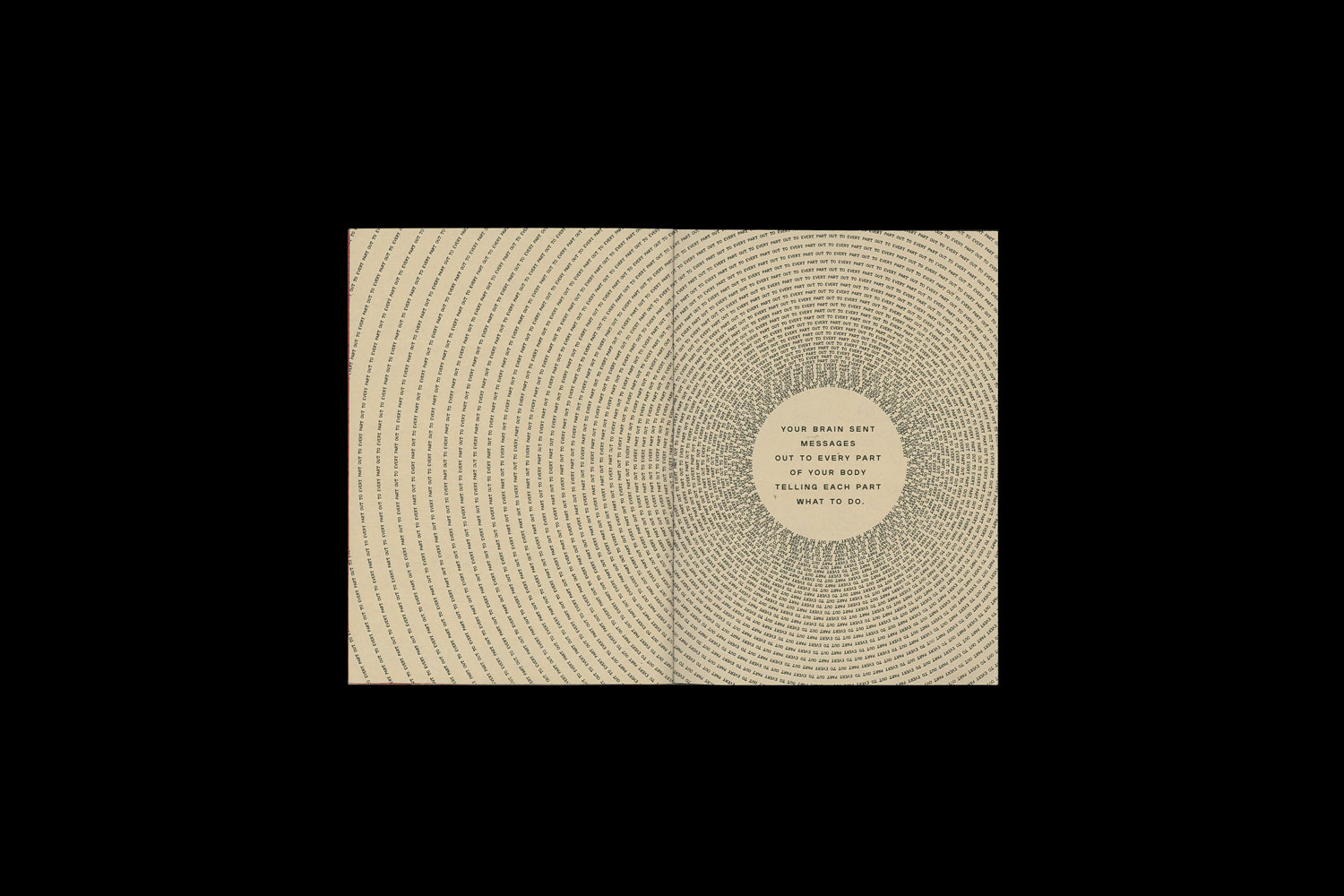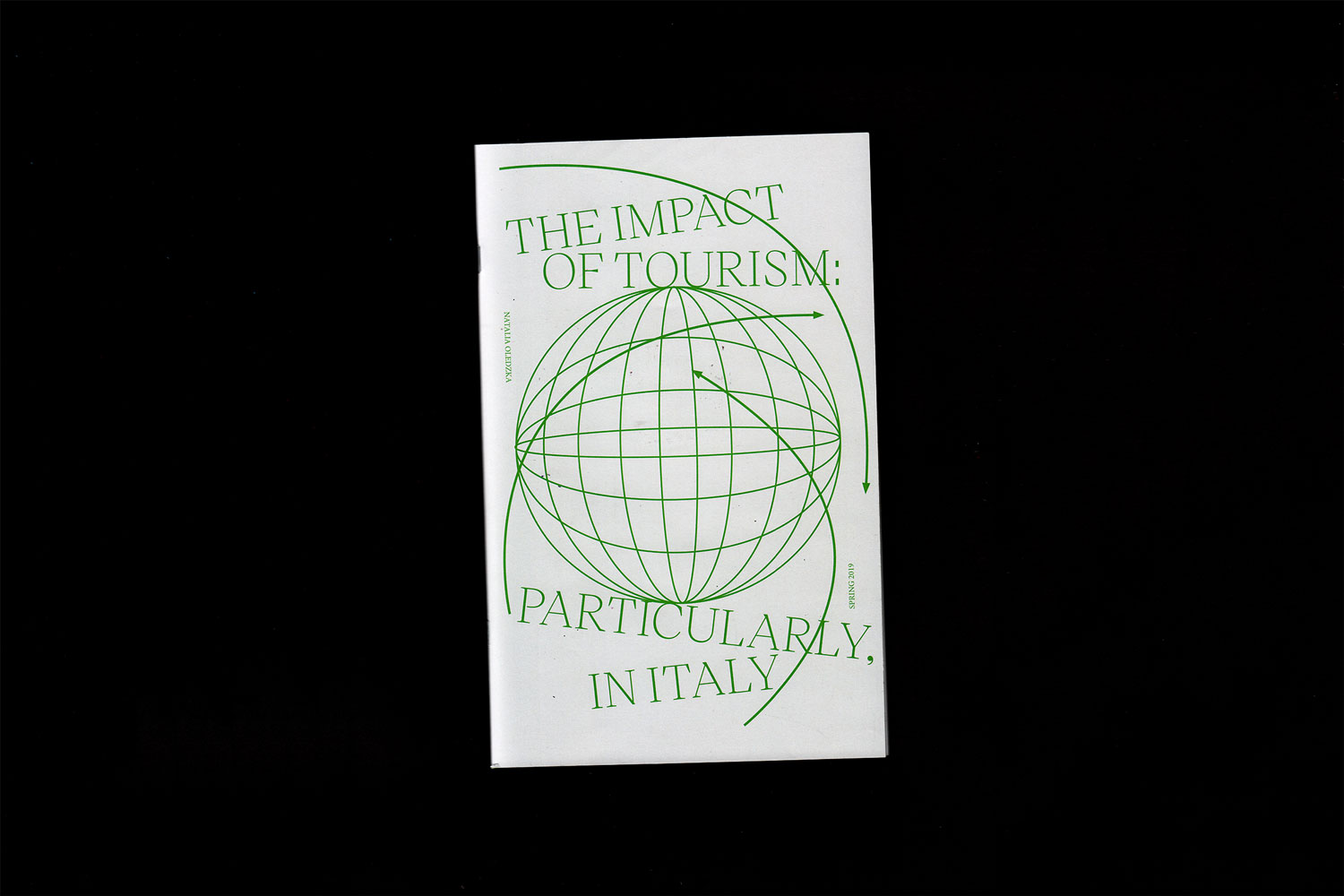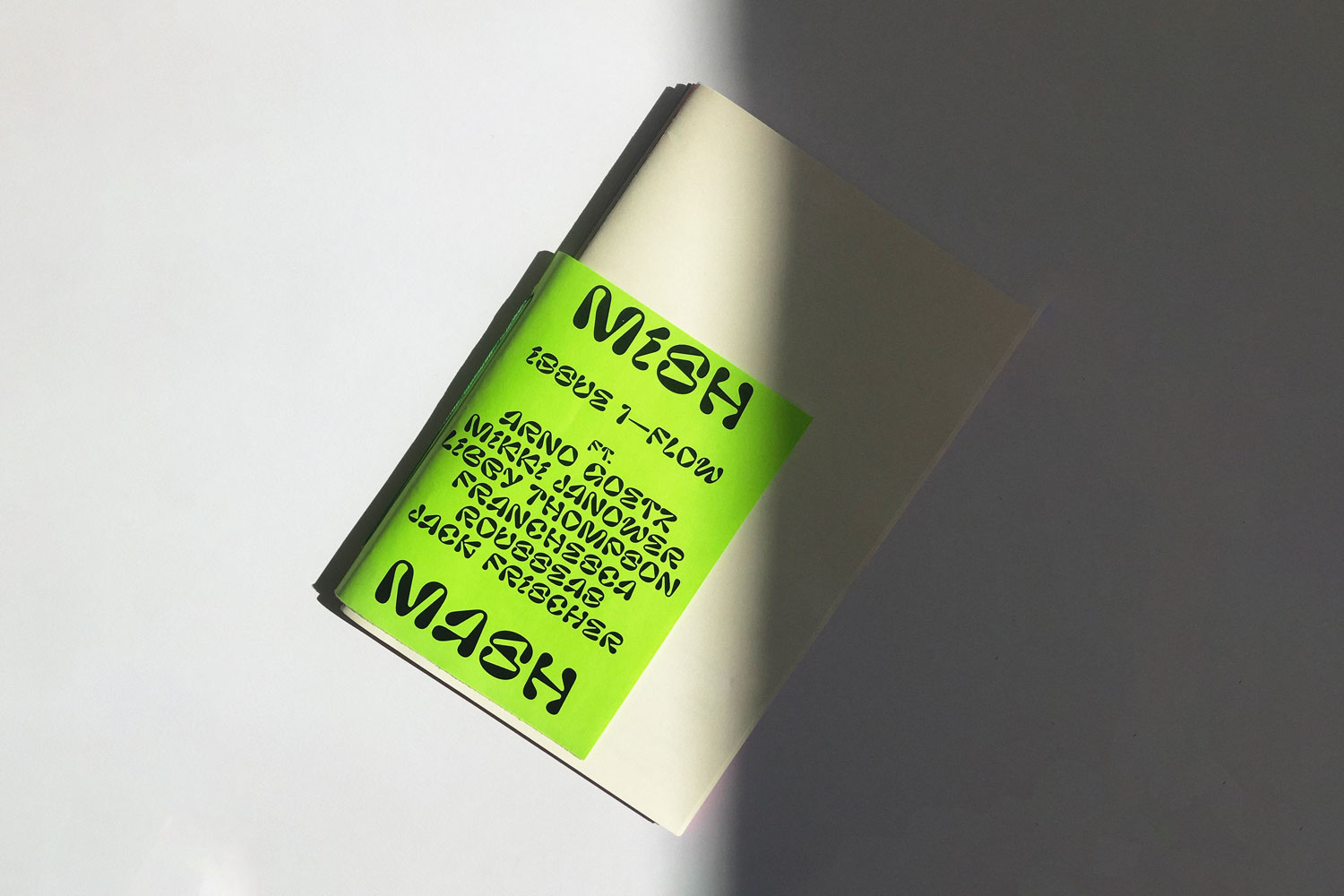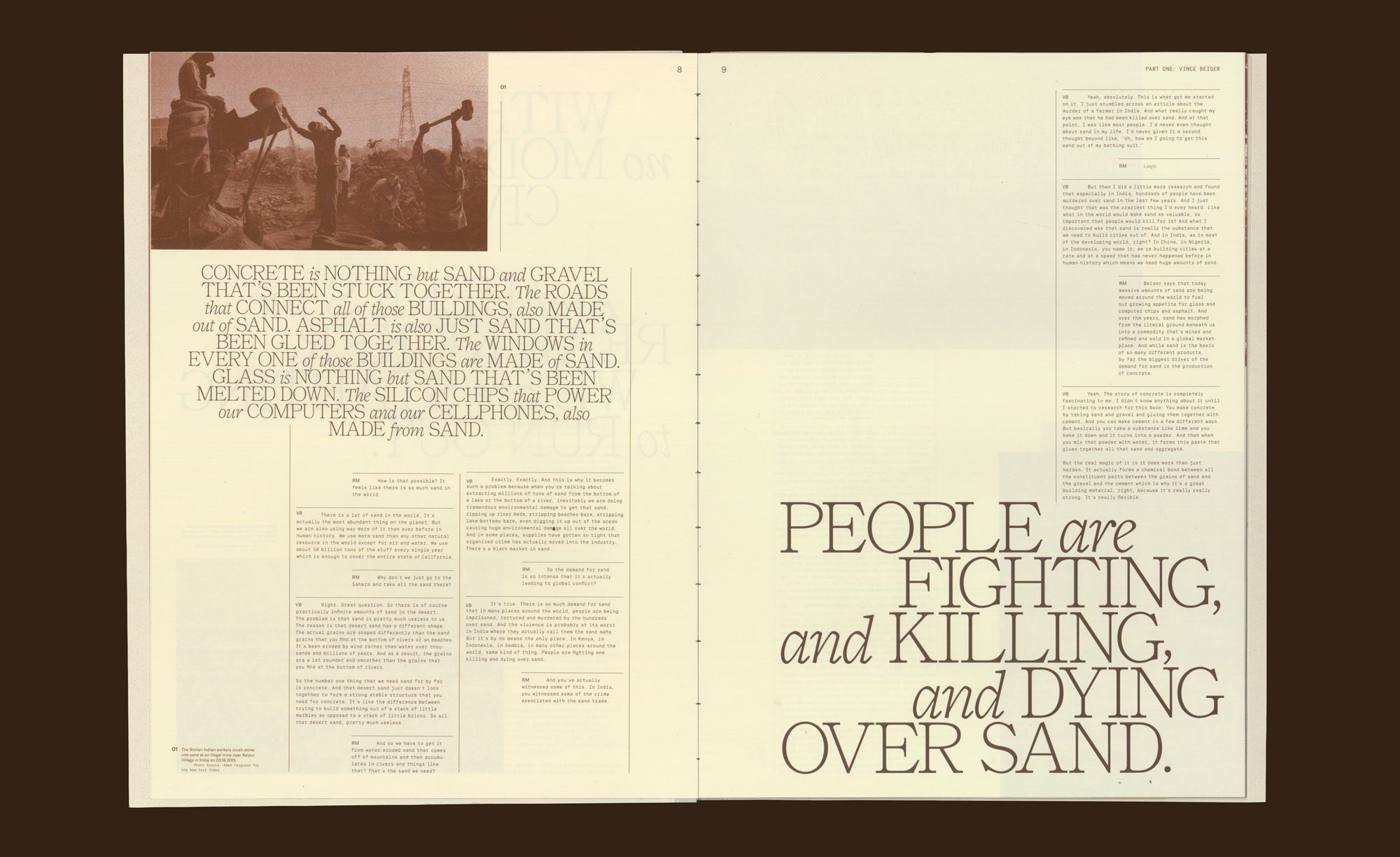
Natalia Oledzka
Inquisitive design from the Washington University student, that pays close attention to detail
Natalia Oledzka’s exceptional design practice beams with intelligence, curiosity, and is enriched as she uses a cross-disciplinary approach. “As designers, we are constantly learning—from the content a project is oriented around, to new ways of making—and I find that very exciting”, she explains. It’s the agile nature of Natalia’s mindset to design that allows her to grow.
Growing up in Queens, NYC, Natalia was always encouraged to make and be creative but, during high school, she surprisingly never thought she’d pursue a career in it. As she tells us, “I loved science and history and even thought I’d be a veterinarian for a bit (which is a bit comical now considering how squeamish I get at blood). But I took a graphic design class and fell in love with the problem-solving element of design and the nuance and beauty of type and quickly reconsidered my future”. Natalia is currently finishing her last semester at Washington University in St. Louis, Missouri on the BFA Communication Design course.
Natalia’s university education seems to have carved out valuable, formative years that have allowed her to explore broad interests and passions. “I decided to attend a university that gives ample freedom to follow any of our other curiosities or interests we may have on top of our design studies”, she discloses. It’s this all-encompassing approach to learning that has been more than an educational experience – it’s been a grounding one. Natalia explains, “I’ve explored history, computer science, marketing and other classes across campus, and am constantly surrounded by peers with wildly different interests than mine, which keeps me out of my art school bubble”.
The skilfully designed book, ‘Grain of Sand’, primarily revolves around the 99% Invisible podcast episode ‘Built on Sand’, Natalia tells us. She explains a little more, “it looks at how something so small is incredibly strong when it comes together, creating our built environment through concrete, glass, and asphalt. And through our overconsumption, it’s become a precious commodity”. Natalia’s close attention, to the detail of scale in the design, intends to highlight and respect the character of the material. Making the book large and the body copy small, she wanted to emphasise the impact that sand has on our civilisation. “I wanted to speak to the duality of both strength and fragility in sand through the book’s pull-out quotes. A grain of sand, on its own, is feeble, yet together it forms concrete buildings, the asphalt-paved roads around us, and the mighty silicon-chips in our phones”, Natalia reveals.
With a graduate portfolio dynamically shaping up, Natalia appreciates the process that it takes, as she tells us, “the moments of something clicking—where a strong reason or idea drives the visual representation and it all fits together like a puzzle—are the absolute best”. There’s something very special about Natalia’s design practice and we’re set to keep on following her. As she moves from student to graduate, we”ll be excited to see what she makes of the world then.
